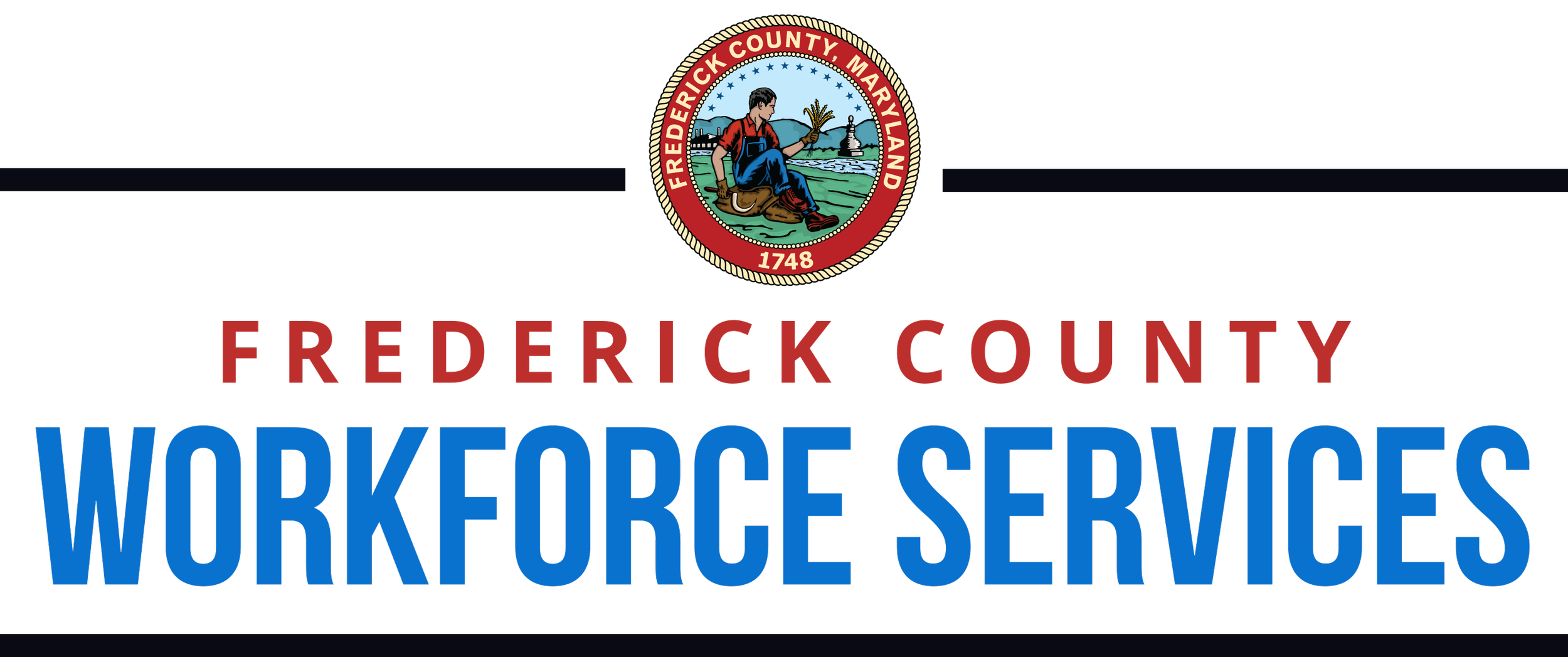6 Things Hiring Employers Should Be Doing
Does this scenario sound familiar? You are a small to medium-sized employer and your business is expanding. You are a great company with multiple job openings, but you are struggling to compete with larger companies when it comes to attracting qualified candidates. What can your company do to be more competitive?
Highlight Your Company Culture. A lot of smaller businesses may not be able to pay beaucoup bucks, but they have an awesome culture and workplace environment. If you’ve got it, flaunt it! Share your story and highlight your culture on social media. It is appealing to a job seeker when they can get a feel for a company’s culture – it makes them want to be part of it. Keep in mind, the face of the workforce has changed to mostly Gen-Xers, Millennials, and Gen-Zs, and they are engaging with companies through every social media channel available. Oftentimes, they are turned off or look the other way if your company does not have some kind of desirable presence.
Question The Status Quo. Are your hiring practices and company policies outdated? Old practices and policies can hold you back when it comes to being competitive as an employer. It is not uncommon to hear, “That’s the way it’s always been done,” or “This approach has worked for many years.” Taking a closer look at your existing practices doesn’t mean you should necessarily throw everything out and start from scratch. It simply means that you should ask yourself if these practices still make sense in today’s job market. Also, it may not be a bad idea to bring in a consultant to avoid biased input.
Make It Easy. Job boards are full of positions with robust job descriptions for a job that is paying minimum wage. Don’t be one of them! An entry-level position should not make the candidate feel like they are applying for the CEO position; especially, not for entry-level pay. Make sure your job description is up-to-date and to the point. Job seekers are quickly turned off by cumbersome job descriptions and complex applications. Go for a “short and sweet – less is more” kind of thing.
Say You Are Hiring. It is not uncommon to play Where’s Waldo? when looking for the career link on a company’s website. This content should be one of the first things someone visiting the site sees. Job seekers are trained to visit and apply directly through an employer’s website; that’s hard to do if they cannot find your opportunities. Also, low unemployment means people are working. Your next employee could be a client, a competitor, or anyone who visits your site. Why not make sure everyone knows you have available opportunities? Think of it like the old hiring sign in your front window. Tip – make sure your openings are current and listed.
Know What You Are Up Against. Have you been on Indeed lately? The options are limitless for a candidate with a decent skillset. Your competition has rapidly grown beyond the companies just in your industry. More and more companies are becoming wise and opening their doors to candidates with transferable skills. Some of the best candidates are already employed and just want the chance to transition into a more meaningful role. Be that employer to give them a chance. Usually, when you take a chance on a transitioning candidate, they will give you their all and breathe fresh life into your organization. Turn off the application tracking system, get better at identifying those transferable skills, and interview the person to see if they fit your culture.
Change. It seems cliché, but too many employers are doing things the same way they did five and ten years ago. Ever heard of the definition of insanity? Too often businesses fall back on faulty thinking like “it’s common for the industry.” What about being a pioneer and trying something new? Changing times and a changing workforce calls for changing how you recruit and hire. Look into other industries and other employers who are doing it right. See what things you can implement; there’s a reason they call them best practices.
Bottom line: Especially while unemployment is low, employers need to be thinking more like a job seeker. Make it very apparent that your company is hiring. Your hiring process should be smooth and applying should be easy. Highlight your company’s culture and make it appealing; even if it means opening your mind to new and different ways of achieving the same goal.

